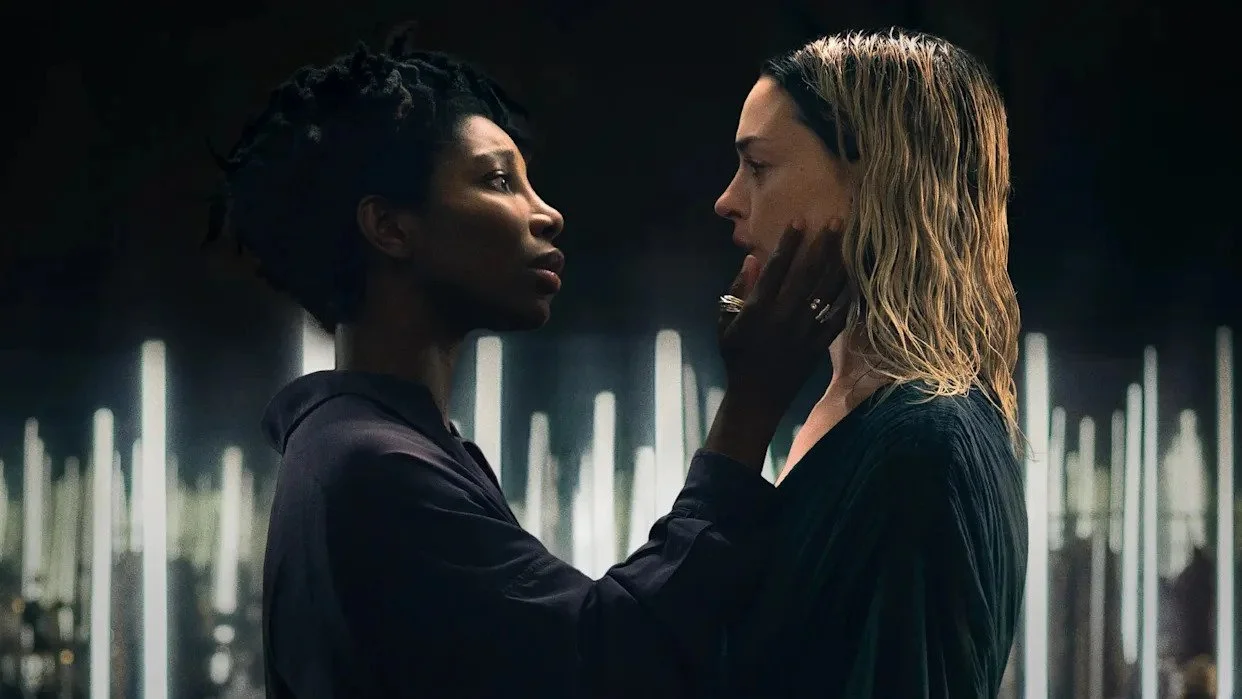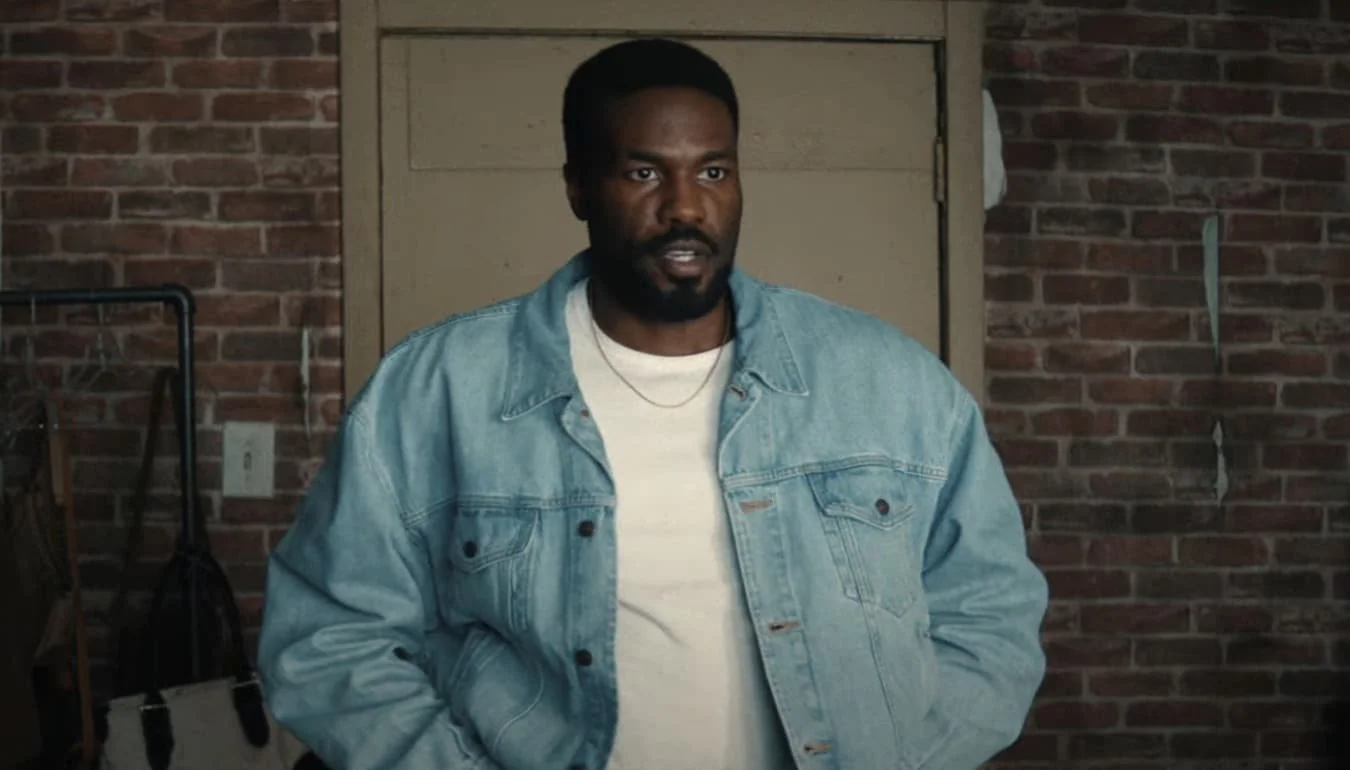Chevalier
/A more unique entry in the field of musical biopics, Chavalier tells the story of composer Joseph Boulogne, Chevalier de Saint-Georges. While some productions such as Bridgerton employ colour-conscious casting for representation, here the story is more akin to a story such as Concrete Cowboy. Namely, just as Concrete Cowboy dispelled myths wrought by Hollywood about the racial identity of cowboys, Chevalier seeks to correct the perception of classical music composers as an elitist white tradition that begins with Bach and ends with Beethoven. It grapples with the fact that there were—and are—many composers in the Western classical tradition of varied backgrounds, such as with Boulogne’s Creole heritage.
The trailer makes no hesitation in dealing with the discrimination Boulogne received in his time, with rather straightforward comments such as “you don’t belong here” at 1:13—the allure comes in seeing just how Boulogne assertively challenges such racism, and triumphs, at least in the sense that we are now anticipating a major motion picture about him.
Throughout, the trailer mixes period-appropriate musical style with more modern production elements, which serve both to elevate the unfolding drama and to provide musical reference points that may be more familiar to a general audience. After a bed of strings serves to underscore the initial monologue, we see Boulogne as a boy playing virtuosically on his violin, with the music picking up where the soundtrack left off, moving from non-diegetic to diegetic. It moves back to the soundtrack at 0:20 with a distinctly modern-sounding bass and clapping motif, the moments of swordplay providing some synch points with the score for added interest (he connections between the fencing sword and the violin bow are fairly clear). Here, the score is distinctly dynamic, perhaps reflecting Boulogne’s character as one who challenges longstanding popular conventions.
At 1:22 the music pauses to focus on Boulogne’s whisper in an intimate and emotionally charged moment—“you know I am the best”. At 1:50 the final stretch of music involves a flurry of sixteenth notes, doubling the rhythm with both harpsichord and violin parts leading the charge. The energy almost leads us to believe we are listening to Vivaldi, albeit in Max Richter’s rendering. Notice the use of a clapping motif at 1:58, which recalls the earlier use of modern production music sounds and techniques. At 2:01 we see a brief synch point with on-screen percussion, while at 2:12 the throwing of items from a desk delivers another synch point. In fact, the violin starts and stops so much for dialogue that it begins to sound like a comedy trailer that is pausing for punch lines, although the purpose here seems to be for heightening dramatic tension.
The juxtaposition of epic percussion with baroque violin at 2:20 serves to effectively summarize the trailer’s approach in mixing period-influenced musical elements with the unabashed use of modern trailer music tropes to heighten anticipation of drama. While the film itself promises to look period-accurate, this doesn’t constrain trailer editors from judiciously adding the elements of epic music that conventionally perform well, connecting Boulogne’s story to some extent to present-day experience. And with the editors throwing in an encounter with Monsieur Mozart at :37, who could ask for more?
Chevalier arrives in theatres April 7th.
— Curtis Perry







